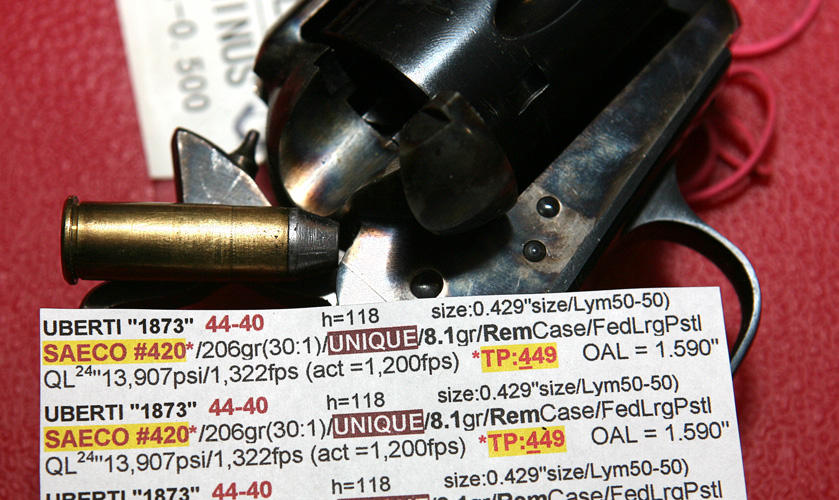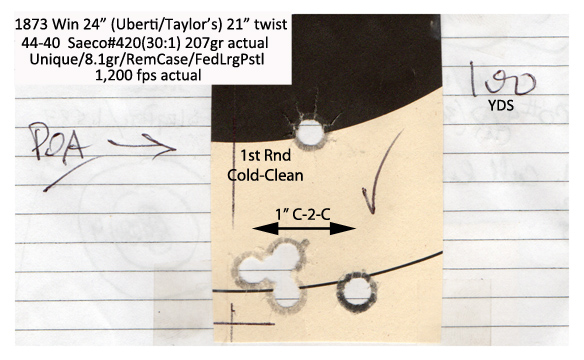FoghornLeghorn
New member
It's a bottleneck cartridge, right? Is it like my other bottleneck cartridges and has to be trimmed before reloading?
Your Uberti 1873 is probably the same barrel/ chamber as my ‘66. You might try sizing bullets to .428, which fixed the chambering problem n the rifle, and using a spare resizing die as a crimp die, just run it in far enough to size about half the neck, which fixed chambering problems in my various revolvers, both original and repro. I was already doing this when I read a John Taffin article about loading 44-40 and he was using that method. Whatever I load chambers easily in a wide variety of guns.I use a Dillon 550 for the .44-40s, originally, I did damage a couple of cases, but not in a while. What I have trouble with is the case does not chamber as easily as I would like on the rifle. I was hoping the Lee bullet with a crimp groove would help that.
To answer the only question asked...It's a bottleneck cartridge, right? Is it like my other bottleneck cartridges and has to be trimmed before reloading?


